Secret Afghanistan
When you think of Afghanistan, you may think of war and terrorism. Images of a war-torn nation under the control of the Taliban often comes to mind.
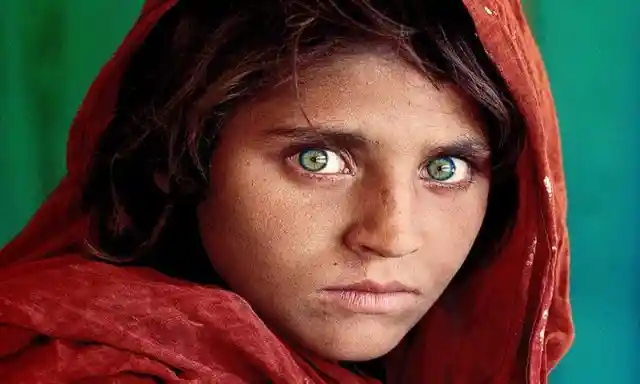
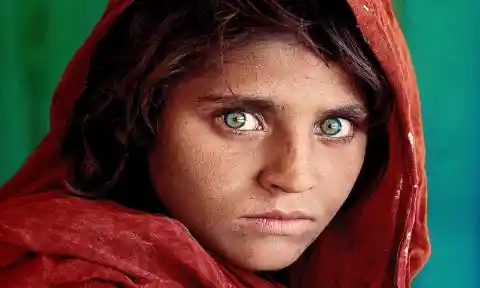
However, there was a time when this country exuded peace and good fortune. And still today, there’s incredible beauty to be found. These rare images have become a cautionary tale of a vibrant culture lost in time.
Not What You Think
Whether it was back in the 60’s pre soviet war, or more recently with backpackers and their cameras heading out to the country, we’ve compiled a list of the best images that present a stark contrast to the war-torn region we recognize today.
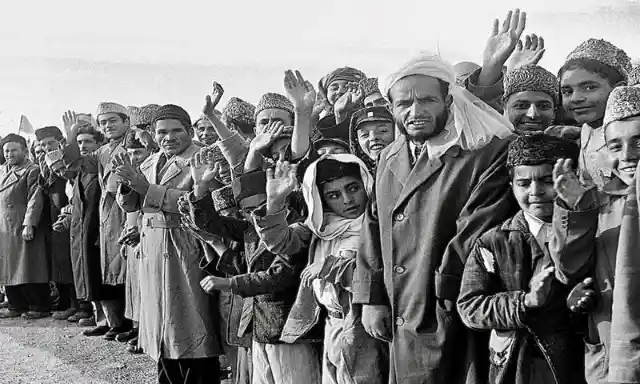
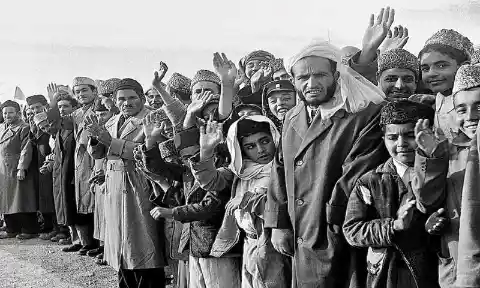
So take a peek at the way Afghanistan was - and how it can be again.
Rare Photographs Uncovered
Some very rare photographs taken by French photographer Frédéric Gadmer in Afghanistan in 1928 have been discovered and recently published. They were taken as part of The Archives of the Planet photography project, initiated by the philanthropist Albert Kahn.
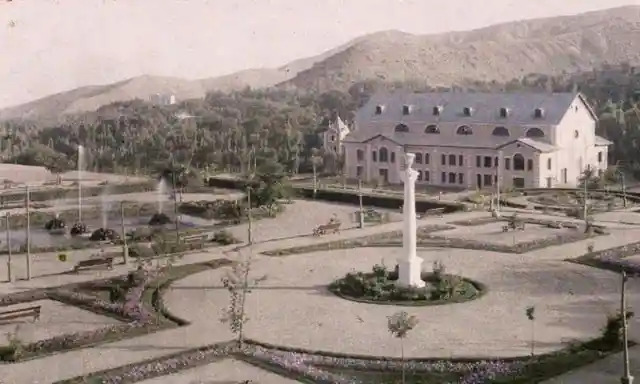
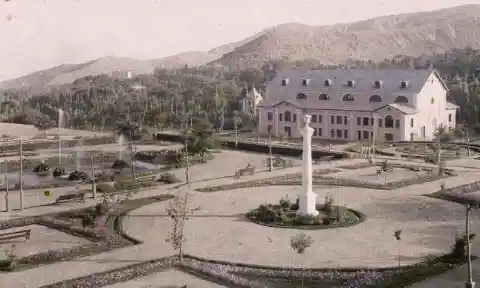
The collection resulted in an archive of 72,000 pictures from around the world and are now housed at the Albert Kahn in Paris. This is how Afghanistan really was in the late 1920s...
Prosperity
This image depicts a goldsmith at work in a mud-walled courtyard in Kabul in 1928. It embodies Afghanistan's prosperity in the Roaring Twenties.
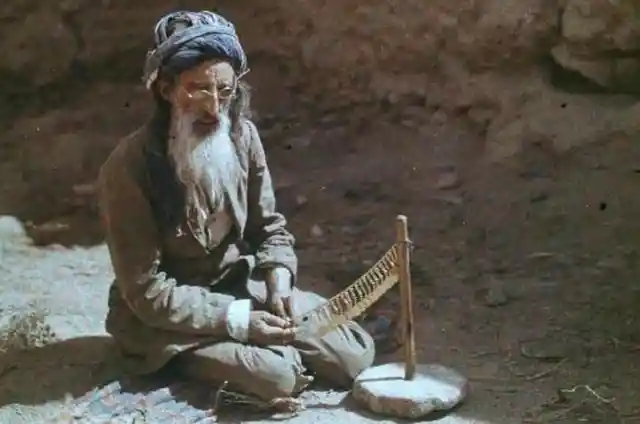
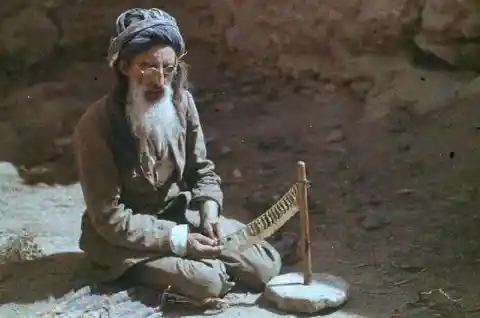
He is one of the subjects immortalized by photographer Frédéric Gadmer during the Archives of the Planet project -- a collection that has been recently uncovered. Back then, Afghanistan was a free and stable country.
Paghman Gardens
In the 1920s, Afghanistan was a newly independent country after breaking away from the British Empire. For most of the decade, it was ruled by Amanullah Khan, a secular reformist who sought to modernize the country along Western lines.
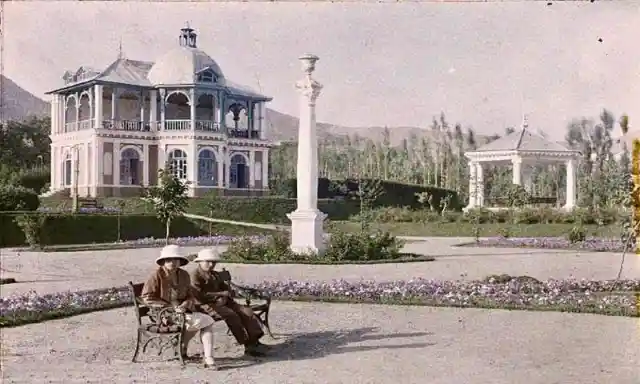
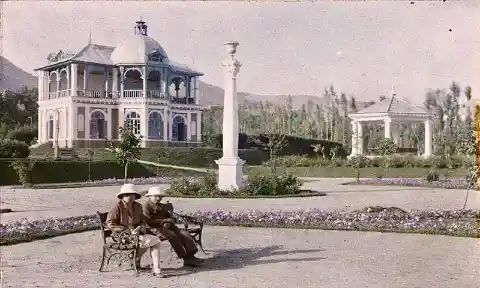
An important dimension to these photographs is that they are symbols of how the region was becoming modern and prosperous, attracting western investment.
Darul Aman Palace
Here is the Darul Aman Palace, just as it looked in 1928. It’s extravagant and grand exteriors were intended to be a foretaste of a new capital city called Darulaman, which was to be built around it around 16 miles of Kabul.
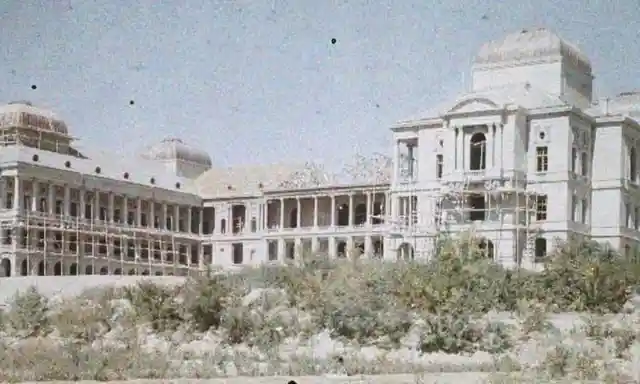
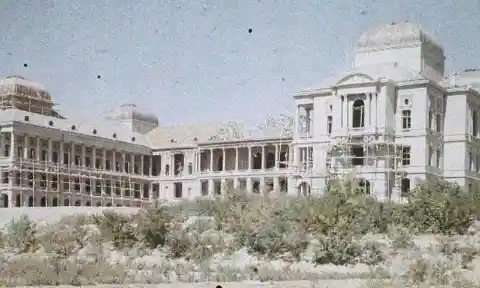
Looking incredibly idyllic with manicured gardens, this grand historical building tucked behind stunning mountain ranges was a beacon of prosperity. But it wasn't to be.
Ruin
Due to a change in leadership, hopes of its completion and any aspirations of becoming the capital were dashed.
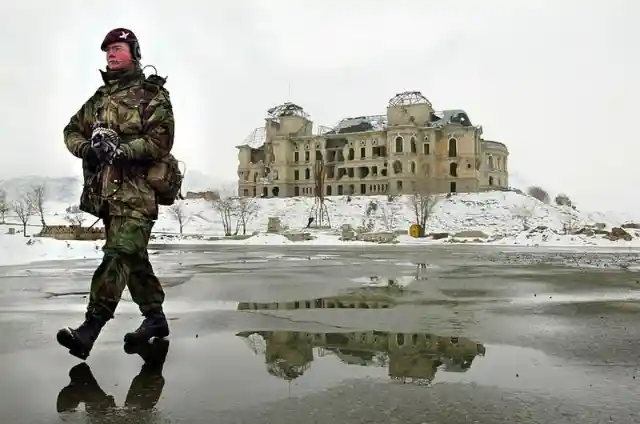
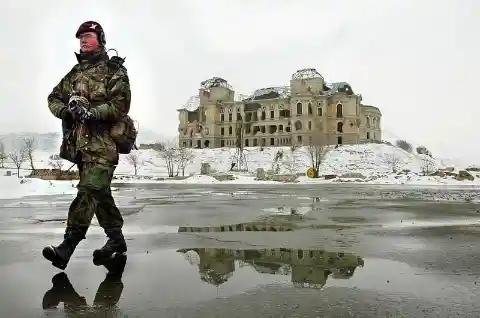
The beacon of 1920s optimism fell into disrepair during the conflicts of the 1980s and 1990s, so its bullet-pocked appearance - shown here in another modern-day shot, this time in 2002 - became more symbolic of Afghanistan's lawlessness. But what about Afghanistan's Golden Era of fashion?
Women's Rights
Kabul, 1972. At that time, Afghanistan was a free, open, and stable country.
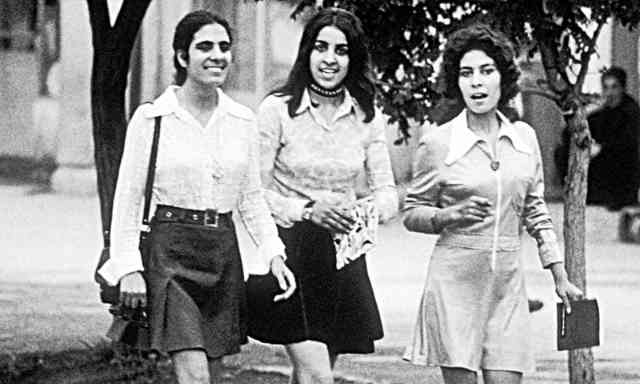
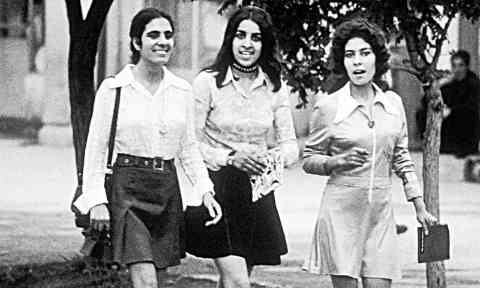
You may be surprised to see that the people wore the latest fashion, such as miniskirts and prominent hairstyles of the period. Long before many European nations, the sovereign of Afghanistan Amanullah Khan passed laws advancing women’s rights.
The Paris Of Central Asia
Kabul, Afghanistan was once known as the Paris of Central Asia. By the 1960s, over a third of the women of Afghanistan’s capital, Kabul, chose western fashions over traditional.
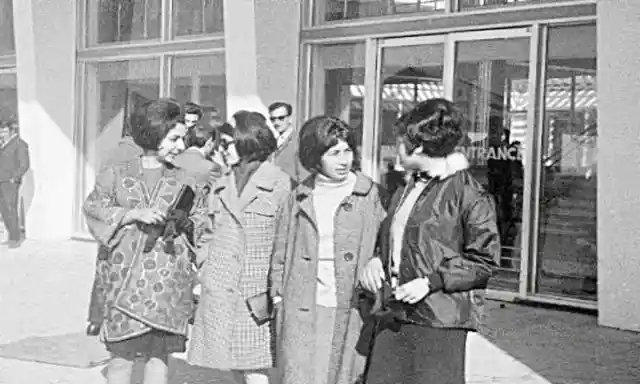
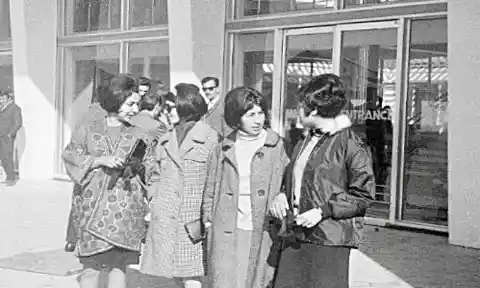
The city was a vibrant and exotic destination for tourists. It was on the hippy map too and soon Afghan coats became the country’s biggest clothing export. These images have become a cautionary tale of a vibrant culture lost in time - revealing rather rare and eye-opening images from Afghanistan’s golden age of fashion.
Liberation
Khan's wife, Soraya Tarzi, daughter of the liberal thinker Sardar Mahmud Tarzi, was the epitome of the 1920s liberated woman. She publically encouraged women to choose for themselves what to wear.
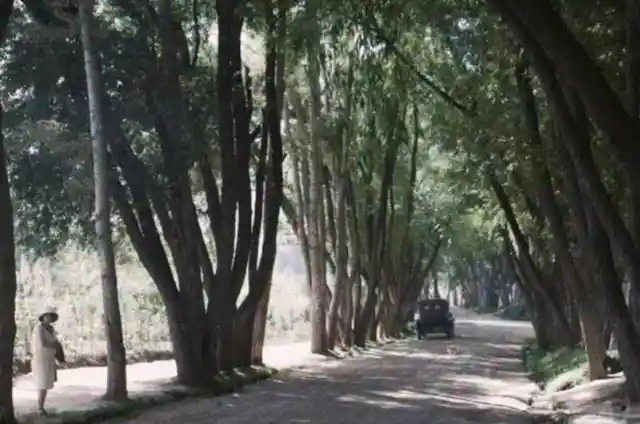
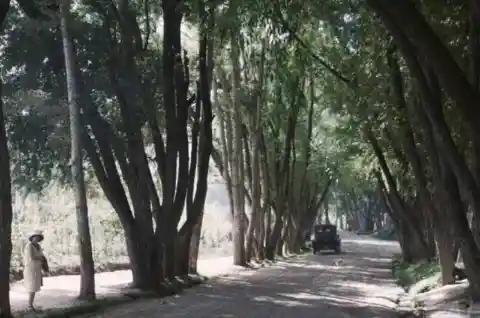
She published Afghanistan’s first women’s magazine periodical Ershad-I-Niswan and encouraged young women to get educated. But it was too good to last.
Too Good To Last
When British papers published photos of Soraya without a veil, dining with men -- not to mention foreign men – the popular Habibullāh Kalakāni was having none of it and led an uprising – forcing Soraya and her husband to flee to India.
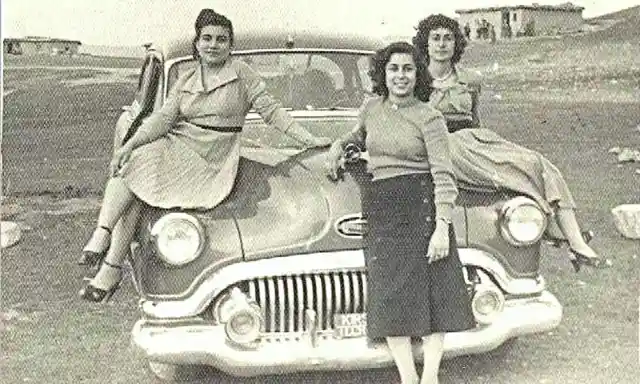
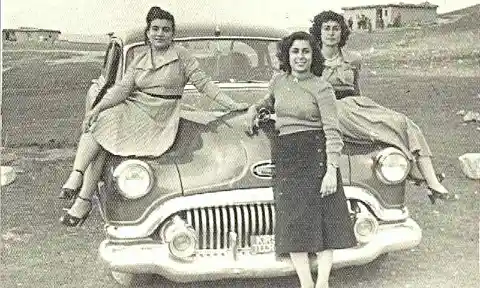
He immediately closed schools for women and all western education centers and the Burkah became compulsory. His reign turned out to be short and corrupt, however. Soraya Tazir passed away in Rome in 1968.
Western Influences
In this image, Mr. and Mrs. Girard, who were the directors of Kabul's school of agriculture, strike a pose for the camera.
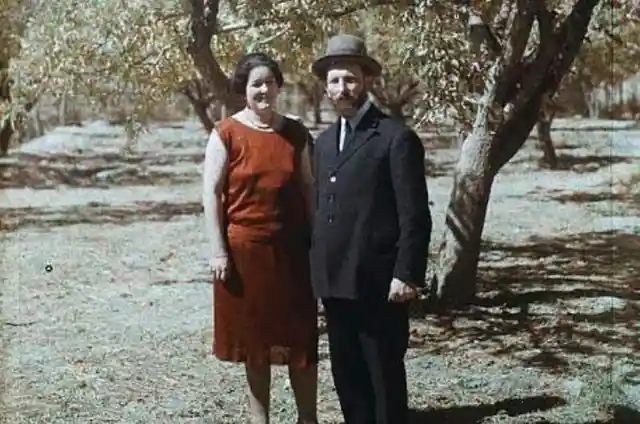
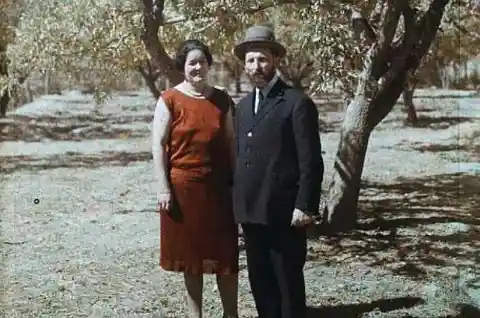
While the Pashtun dress has been traditionally the most popular form of clothing in Afghanistan, with the Firaq partug, comprising of the Chador or scarf, the Firaq or skirt, and the Partug, some western modes of dress have crept in and out over the past 100 years.
Steve McCurry
On his first assignment to the country in 1979, Steve McCurry ventured behind the lines, taking great risks, including dressing in Afghan robes in order to be smuggled across the border from Pakistan.
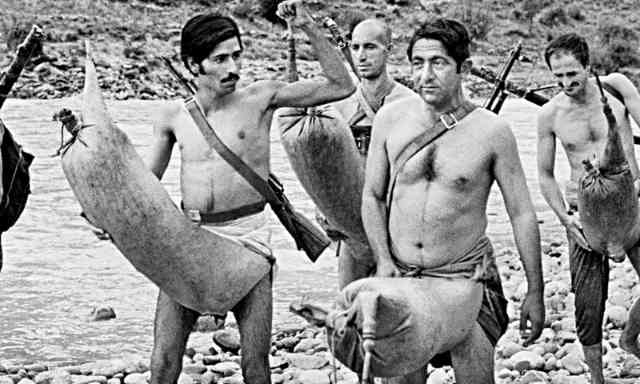
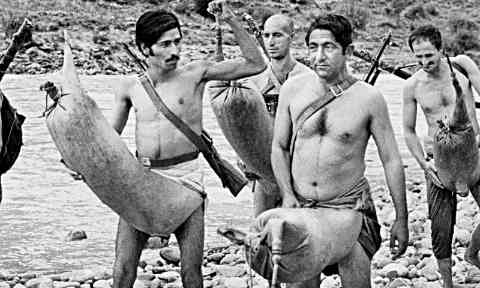
And despite the atrocities that have swept across the land, McCurry is able to find beauty in it too, both in the land and in the people that inhabit it. It was there that he produced his most iconic photograph.
Sharbat Gula
Steve McCurry was in an Afghan refugee camp in Pakistan in December 1984 when he came across a girl in a makeshift classroom.
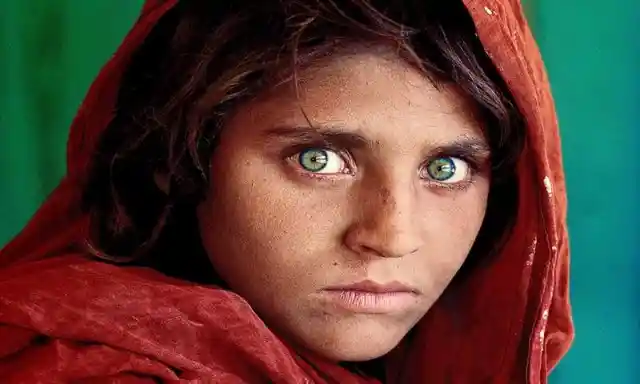
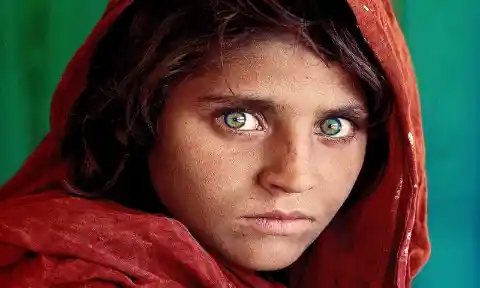
“I noticed this one little girl with these incredible eyes and I instantly knew that this was really the only picture I wanted to take,” he revealed. The photo he took went on to become one of the most popular images ever to grace the front of National Geographic!
Matthew Karsten
In 2019 Matthew Karsten traveled to Afghanistan. He wanted to experience the positive side of Afghanistan and its wonderful people, up close and personal.
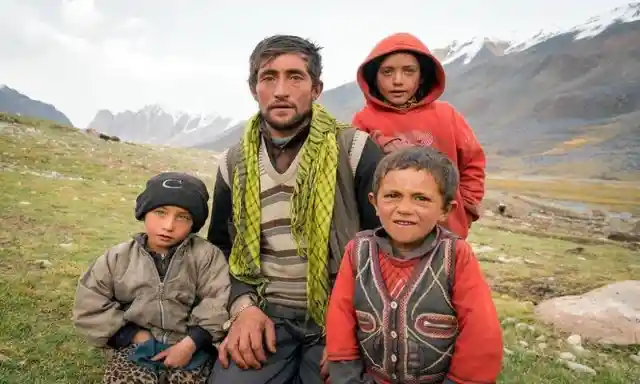
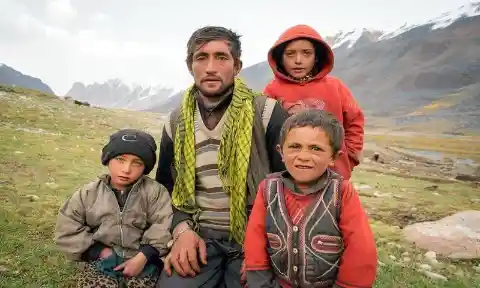
When he was there he captured images of kids. While there are a few schools in Afghanistan, thanks to the Central Asia Institute, it’s ultimately up to the parents if they go. In some communities, only the boys are sent to school, and the morning commute often consists of riding a donkey.
Schooling Life
Matthew Karsten also captured an image of a school in Afghanistan. This simple 3 room school in the remote Afghan village of Bozai Gumbaz was built by Greg Mortenson and his Central Asia Institute.
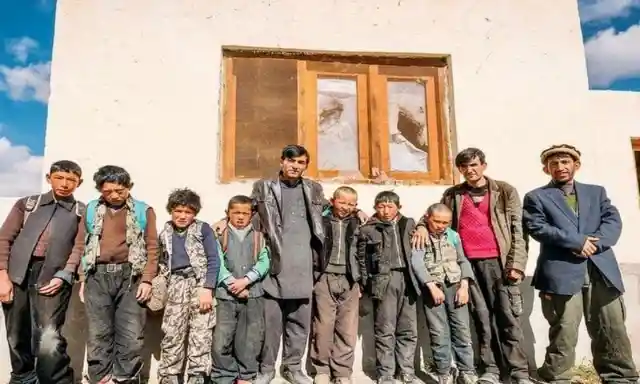
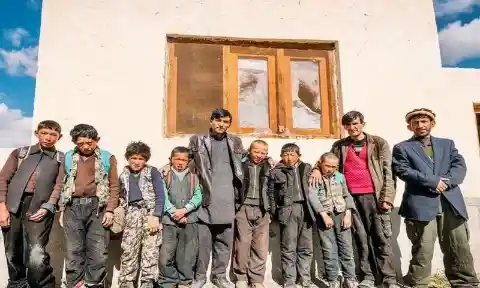
While he was at the school, Matthew spent the night playing cards with Afghan army soldiers. The next morning a group of boys showed up on donkeys for class!
The Many Faces Of Islam
Just like in Christianity, there are different branches of Islam, all with their own values and beliefs. Many people living in Afghanistan’s Wakhan Corridor are Ismaili Muslims, who practice a moderate form of Islam. There are 25 million worldwide, and they despise the Taliban.
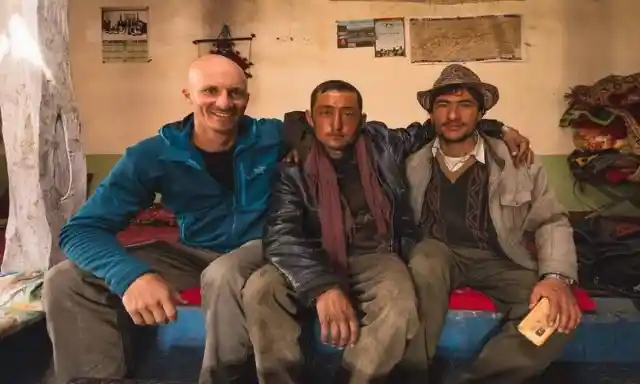
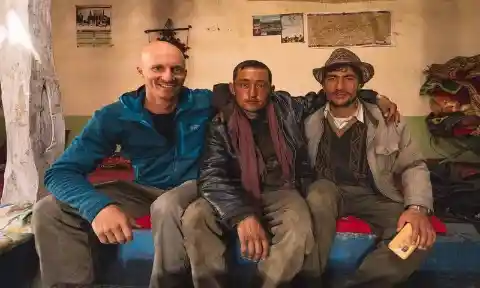
Their spiritual leader is the Aga Khan, a successful British businessman, and Imam who runs the Aga Khan Development Network, a super important charity organization that improves living conditions and opportunities for the poor in Africa and Central Asia.
Getting A Ride From A Yak
When in Afghanistan, Matthew traveled by foot armed with his backpack. However, after a tiresome journey, he managed to take a break by hitching a ride on a yak! He ran into a group of Wakhi men leading their yaks through the mountains, and while they stopped for lunch, they let Matthew borrows their yaks, which led further into the valley until their owners caught up with them later.
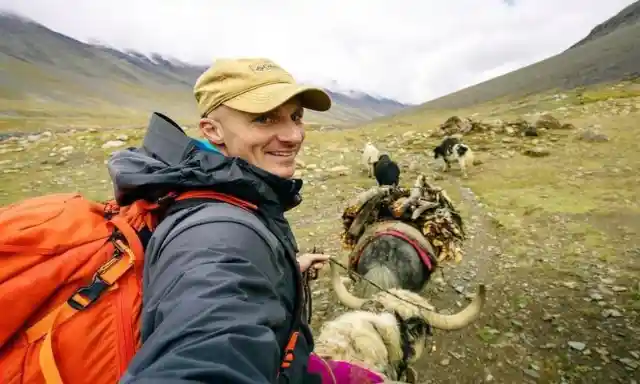
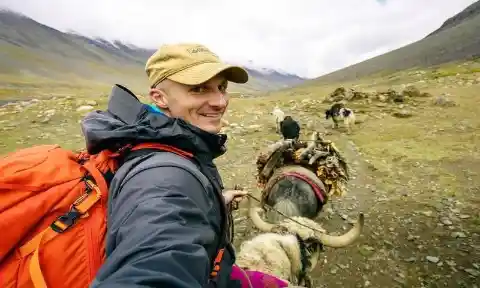
Yaks are the ultimate eco-friendly 4×4 in Afghanistan, able to climb steep rocky terrain and power through icy cold rivers. There are no trees above 10,000 feet, so locals are forced to trek for 3 days to lower elevations with their animals in order to gather firewood for cooking and warmth.
Beauty
By far the most surprising images are the ones taken in from the 1920s to the 1930s. They also reveal the beauty of the country from around its time of independence under sovereign rule in 1919, which would prevail into the late 1960s.
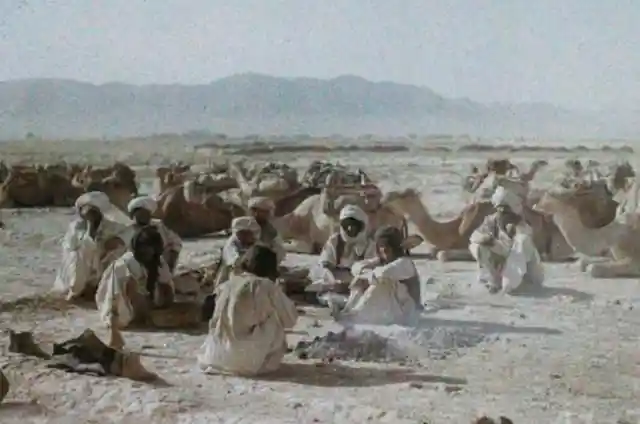
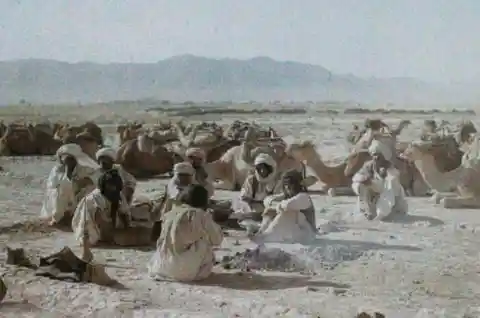
In this image, a group of camel herders take a break while journeying through a desert in southern Afghanistan in 1928. These images depict a more serene time in Afghanistan's history.
The Other Side
So there you have it. A peek at what Afghanistan used to be like and the other side of Afghanistan today, that we never see on the nightly news.
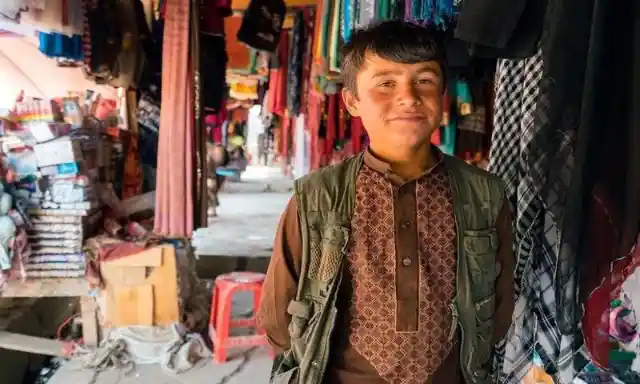

We shouldn’t let our media, which is primarily focused on negative and sensational topics, be our only window into the dynamics of a foreign country we’ve never been to!